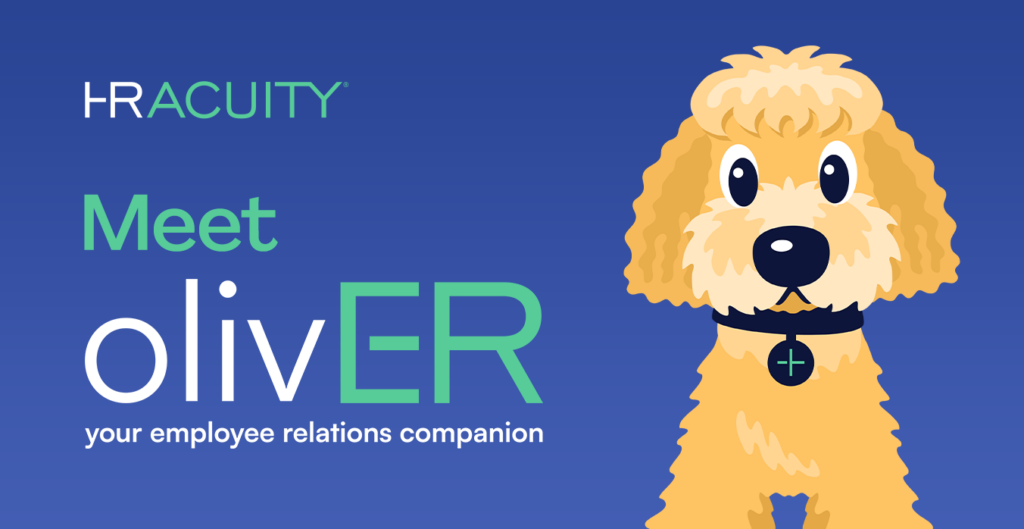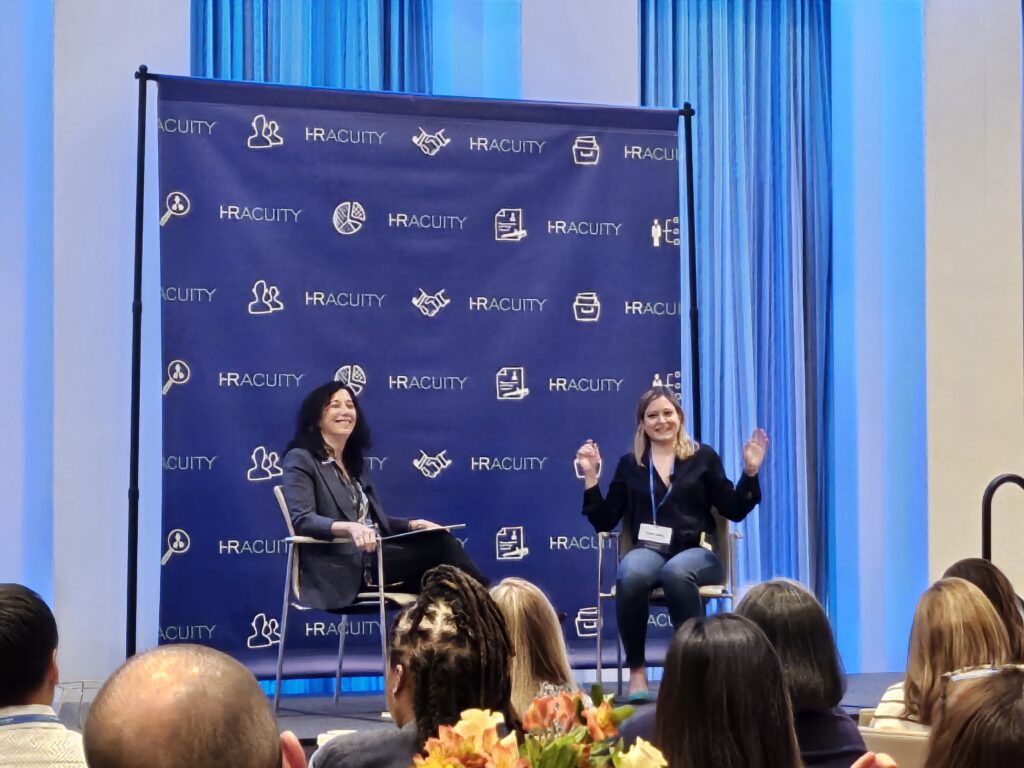The “hot topics” in employee relations change every year and it’s crucial for human resource departments to keep abreast of evolving trends, particularly the increasing importance of using digital platforms and cloud-based software when managing employee relations. By monitoring this evolution, HR managers and employee relations teams can adapt accordingly to ensure the success of their organization.
What is employee relations?
Employee relations (ER), often part of the human resources department, is responsible for creating positive relationships and cultivating a positive work environment that increases employee engagement, employee productivity and employee satisfaction.
Employee relations is often handled by HR departments in general but some organizations have specific employee relations management positions or departments. Employee relations is managed through creating, implementing and monitoring specialized HR policies and programs. The goal of an employee relations specialist is to foster harmonious relationships at every level of an organization.
Through developing positive employee relations, organizations enjoy greater productivity and increased employee satisfaction and retention rates. Often, being proactive in promoting safe, transparent, trusting and predictable relationships is what determines whether a workplace thrives or dies.
Employee relationship management usually entails:
- Workplace issue management: This involves case management of workplace conflict mediation and arbitration. Employee relations managers work to resolve altercations between team members.
- Employee relations policy development: An employee relations manager is responsible for designing, executing and tracking policies and programs relating to remuneration and benefits, workplace safety, office hours, fair working practices and other HR facets.
- Liaison between employees and managers: It’s largely the responsibility of employee relations staff to act as intermediaries between workers and their superiors, especially regarding conflict or miscommunication.
How human resources can improve employee relations
Employee relations is a type of social contract between employees, management and the organization as a whole. Issues often arise when employees feel that this contract has not been upheld or it’s been breached either because of a misunderstanding or someone has knowingly failed to meet an obligation.. Thus, employee relations professionals and HR must ensure that all commitments are mutually understood and respected.
There are many categories of potential employee relations issues: While some are contractual, others are emotional or physical – and others are a combination of these. Most employee relations challenges are between two or more team members, but some can occur at an individual level that affects the organization as a whole. Examples of potential problems include:
- Sexual harassment.
- Chronic lateness or absenteeism.
- Racism, transphobia, sexism or homophobia.
- Excessive gossiping.
- Violating workplace safety guidelines.
- Poor time management, organizational or communication skills.
How employee relations managers address such issues will depend on the nature of the issue. However, there are some general guidelines which employee relations managers can always follow:
- Listen to your employees: Give the party or parties in question your full attention when addressing an issue.
- Open the lines of communication: Help employees understand that they’re allowed to raise concerns or ask questions without fear of reprisal.
- Educate your employees: Ensure all team members are fully aware of company policies and understand what is expected of them. Be clear about the process that occurs when something goes off track so that your processes aren’t “behind the curtain.” Make certain that employees understand the roles and duties that are informed by their job description.
- Enforce rules fairly: When applying rules, make certain that they’re applied consistently to everyone.
- Keep comprehensive employee records: When addressing and managing employee relations issues, be sure to document everything in employee files for future reference.
Be realistic about the policies you create and the promises you make so that no one’s disappointed. Further, view employees as organization stakeholders — rather than just paid workers — to help foster positive employee relations.
Here are some tangible ways HR and ER managers can improve employee relations:
- Enhance communication: Give every team member regular updates and ample notice regarding organizational changes so they have time to adapt accordingly. Be dedicated to organizational transparency: if employees feel purposefully “kept in the dark,” issues are bound to arise. Open dialog by encouraging honest conversations and asking questions.
- Build trust: As an employer, it’s important not to micromanage. Show your employees you acknowledge their skills and abilities by letting them do their jobs with minimal interference.
- Recognize and appreciate employees: Team members who feel valued are more likely to be productive and less likely to look for employment elsewhere. Show your employees you value them through “shout-outs,” send congratulations on special days like milestones and offer tangible rewards such as extra time-off and/or year-end bonuses.
- Ask for feedback and suggestions: Request employees’ thoughts and opinions on workplace matters and be sure to implement that feedback. It’s important to consult, involve, and engage with employees when making decisions that will affect them.
- Invest in your staff: Career growth and professional development are vital not only to your organization’s success but also to employee retention. Administer continuous learning and advancement opportunities for employees by giving them the option to complete skills enhancement programs and courses. If necessary, design an employee assistance program.
- Ensure appropriate resource distribution: Each individual employee must have the employee resources, (such as time and tools like job-specific software) that they need to complete their work. It’s essential as HR and ER managers to understand what they need and make sure those resources are available.
Current trends in employee relations
While traditional procedures like managing employee relations cases and conducting thorough investigations are still relevant, they must be accompanied by more modern approaches and strategies to spot the warning signs of employee relations issues and address them before they become unmanageable. In an increasingly digitalized world, HR and ER management will need to continually evolve with these advancements.
We’ve seen unprecedented changes in the world of work over the last several years. More organizations continue moving toward hybrid work or allowing employees to fully work from home (WFH) which has redefined the nature of employee relations. How HR and ER managers approach employee relations must therefore adapt accordingly. The COVID-19 pandemic taught HR departments the importance of being able to seamlessly work across multiple digital platforms.
HR and ER management are still very much data-driven but how those details are obtained and analyzed is changing. Organizations need to keep pace by using intelligent data collection and processing software.
The importance of using digital employee relations management software, especially cloud-based programs, becomes clear when looking at changing employee benefit and employee assistance trends. As Forbes reports, we’ve recently seen that health care (particularly mental health) needs to be prioritized as part of an employee’s health benefits. Many employers are looking at software such as mental health check apps to assist with this.
When it comes to learning and development, online programs have been the norm for quite some time. This is just one example of HR becoming more “digital.” Organizations are also starting to focus on workplace transformation in earnest and digital feedback collection will lead the way in this regard.
According to a survey done by Ladders, 25% of all professional jobs will be fully WFH by the end of 2022 – and the trend will continue to rise into 2023. WFH and hybrid work environments mean organizations need employee relations software that can coordinate employee efforts (such as time-tracking) digitally when people can’t or don’t come into the office.
The popularity of skill-based hiring — recruitment based on a candidate’s skills and abilities rather than their work history — is increasing. Using digital software to administer these skill-based tests (as opposed to “old school” pen and paper evaluations) is going to be crucial in this process.
Talent management software has long played a critical role in identifying high potential employees. It has also helped in understanding employee turnover rates which reveal patterns that can be used to guide an organization’s approach to talent management in the future.
By paying close attention to changing employee relations trends and adapting accordingly, HR and ER departments can successfully prevent issues from arising and help the organization stay relevant and attractive to employees in its field. ER leaders must focus specifically on employee benefits, WFH coordination strategies and policies, online learning and skill-based hiring. By using intelligent digital platforms, HR and employee relations managers can effectively design, apply and monitor employee relations programs. Thus, managers must turn to cloud-based employee relations software to continue enhancing and achieving their organizations’ value propositions.
HR Acuity is the forerunner in human resources management software and we offer an extensive range of cloud-based employee relations management digital platforms designed to help your organization oversee HR and ER operations smoothly and effectively. In addition to the programs we offer, we also provide organizations with ER processes optimization strategies to ensure that your strategy and corresponding software complement each other perfectly. Contact us today to arrange a personalized demo tailored specifically to your organization’s unique needs.



